In two moves, Pope Francis has shown he intends to strongly carry forward the line of zero tolerance on clergy sex abuse. Two very clear moves: an archbishop has been put on house arrest, another one has been removed from his post. Yet, all of this may not be sufficient to remove the prejudices against the Church for what concerns pedophilia. The Church is winning its fight against pedophilia through the work that John Paul II started, Benedict XVI carried forward and Pope Francis is continuing. But this fight risks to remain hidden, since in the end the real target of the attacks to the Church seem to be just one: to undermine the Church’s moral authority and question its sovereignty.
On September 23, it was announced that Archbishop Jozef Wesolowski, the former apostolic nuncio who spent his career in Eastern Europe and that ended up as papal nuncio to the Dominican Republic, has been put under house arrest in the Vatican and will be criminally charged by a Vatican penal court, after the tribunal of the Congregation for the Doctrine of the Faith had deemed him guilty in the first stage of the process and has defrocked (laicized) him.
On September 25, the Holy See press office announced the dismissal of Rogelio Ricardo Livieres Plano, bishop of Ciudad del Este, Paraguay. The archbishop was dismissed for “grave pastoral reasons” as a result of an Apostolic visit that Pope Francis tasked to the Spanish Cardinal Santos Avril y Castellò. The bishop of Ciudad del Este had been accused of protecting a pedophile priest.
These two moves have shown that Pope Francis really intends to forcefully confront pedophilia. Pope Francis’ determination is evident in the establishment of a Pontifical Commission for the Protection of Minors; the expected establishment of an office exclusively dedicated to “Delicta Graviora” in the disciplinary section of the Congregation for the Doctrine of the Faith; and the first meeting ever organized within the Vatican Walls between the Pope and some of the victims of clergy sex abuses. At the same time, all the attention is focused on Pope Francis’ goodness. Thus creating an all-too-simple contrast between a Pope with a saintly image and a Church depicted as completely corrupt.
So much so, that Joaquin Navarro Valls, formerly director of the Holy See Press Office, wrote an op-ed to clarify things the day after the Kesolowski arrest. Observing a public opinion that looks favorably upon Pope Francis, Navarro Valls noted the danger of the contradiction of revering the Pope while throwing mud against a Church labeled as pedophile. Data in hand, Navarro Valls underscored that celibacy is not the problem, and that the Church is the only institution that has really done something to fight pedophilia, a fight that stretches back two decades (and that Navarro Valls had witnessed) and which includes Kesolowski’s arrest. «The sickness is pedophilia, not the Church,» Navarro Valls concluded.
The clarification was needed, since the modest press statement of the Holy See Press Office– released late in the evening—failed to include any explanation of the legal context, especially with respects to legal aspects.
Kesolowsky had in fact already been defrocked and deprived of diplomatic immunity, and he was not a resident Vatican citizen any more. The Vatican court can exercise its jurisdiction on him only because he had committed the crimes while exercising his function as nuncio, which gave him ex officio Vatican citizenship.
Yet, the unexpected acceleration of the procedure carries with it some issues that could be used to revamp the always alive campaign against the Holy See sovereignty.
When the Congregation for the Doctrine of the Faith first stage verdict on Wesolowski was made public, an op/ed by James Carrol was published on September 1 in the “Boston Globe” – the newspaper that had broken the story of priestly pedophilia with a series of investigations awarded with the Pulitzer Prize.
«In a show of toughness, Church officials defrocked Wesoloski and promised to try him according to the laws of Vatican City. In effect, though, Church officials once again shielded a predator priest from civil jurisdiction. Victims and officials in the Dominican Republic were left to stew,» stressed Carrol.
Carrol then highlighted that «Vatican statehood is part of the problem» and that the Vatican «defrocked Wesolowski, but an opposite remedy suggests itself for the larger problem – in effect, a “de-stating” of the Holy See». So much so, that – Carrol concluded – the Church’s activity should be put together with that of so many NGOs that the United Nations already acknowledges.
Is this the opening salvo of the umpteenth campaign to undermine the sovereignty of the Holy See? Possibly.
The Holy See is an acknowledged moral authority, and its commitment to peace in the last century has made it one of the most authoritative voices among nations. With no political nor economic interests, the Holy See can strongly pursue its defense of the human being in international gatherings without being accused of any hidden or selfish interests.
This is the reason why the Holy See was invited to become a member state and founder of the International Atomic Energy Agency, and it is one of the reasons why ever more states have entrusted the Holy See with a mediation role. But the United Nations has lobbies that promote their own interests more than those of the human being. For these lobbies, the Holy See has become an unbearable thorn in their side.
More and more often, the United Nations has asked the Holy See to become a full member of the organization. The Holy See has always refused, conscious that, as a member state, it would be obliged to accept as binding decisions coming out of the UN Security Council under Chapter VII of the United Nations. The Holy See has always maintained its neutrality. To be a full member of the UN when the use of force is authorized would be akin to silently endorsing war.
Having failed to impose on the Holy See the same regime that applies to other states (which carries many rights, but also diplomatic constraints), lobbies have focused on attacking the Church’s values, trying to undermine its moral authority, and at the same time starting a campaign to downgrade the status of the Holy See in the United Nations from that of a Permanent Observer to that of one of many NGOs.
The clergy sex abuses on minors scandal was one of the tools used to attack the Church’s moral authority. The scandal had such an enormous media impact, that the sociologist Massimo Introvigne described it as a “moral panic”. The Holy See responded according to justice. No pre-emptive verdicts of the accused priests, and a series of norms that centralized controls and strengthened the penal sanctions, while requesting every bishops’ conference to come up with guidelines, according to the sensitiveness and problems of the their countries,to combat this evil.
Asking all bishops to report to the Congregation for the Doctrine of the Faith was not a shrouding move. It was mostly informed by the need to know about a series of cases that came to light and where particularly dramatic because bishops had not reported anything to Rome and kept transferring pedophile priests from one parish to another. The guidelines were needed to ensure a high level of commitment against pedophilia at the local level, and in harmony with the civil and penal procedures of each country.
The cases of pedophilia had vast echo in the media, also with the aim to attack the Christian roots of countries, injecting in public opinion the notionthat change is necessary. It happened in Catholic Ireland, where the timing of the pedophilia scandal coincided with thedecision of the government of Enda Kenny to close the Irish embassy to the Holy See (officially for economic reasons) and the adoption of laws allowing same-sex marriage and in-vitro fertilization. And perhaps not by coincidence, the scandal of clergy sex abuses of minors also reached Catholic Malt right before Benedict XVI visited in 2010 – at the time of the Papal visit, there was still no abortion and no divorce in the Maltese legislation.
These are the reasons why the Wesolowski case had to be handled with care. Wesolowski had been convoked by the Vatican before the Dominican Republic authorities could summon him, a detail that media traditionally hostile to the Catholic Church like the New York Times have not failed to notice. The decision to deprive Wesolowski of immunity was announced by Father Federico Lombardi, director of the Holy See Press office, only in August, two months after the first stage verdict of the Congregation for the Doctrine of the Faith that laicized him had been made public. In that same announcement, Father Lombardi said that the Vatican penal authorities would try Kesolowskionly after the end of the second stage of his trial in the Congregation for the Doctrine of the Faith.
After that, there was the sudden acceleration of September 23. The most attentive observers noticed that the Wesolowski case had been one of the topics of discussion at the 15th International Congress on Canon Law that took place at the Catholic University of Washington. There, some canon law experts complained about the impunity and freedom Wesolowski enjoyed, after he had appealed the verdict from the first stage of the Congregation for the Doctrine of the Faith process. The complaints, reportedly transmitted to the Vatican, brought about the decision to immediately try Wesolowski in the penal court, also to avoidundermining, because of negative press coverage, the effortsof the Church to combat pedophilia.
The Vatican decisions leavethe Dominican Republic (where the alleged abuses have taken place) out of the picture, without the possibility of extraditing or trying the former nuncio. The same is true for Poland, the country Wesoloswki hails from: he was ordained priest by Karol Wojtyla and enjoyed the friendship of Wojtyla’s secretary, Cardinal Stanislaw Dziwisz (who is preparing to become the Master of Ceremonies of the 2016 World Youth Day, to be held in Krakow).
Wesolowski’s case intersects with a wholly Latin American case, that of the bishop Livieres of Ciudad del Este, the second largest diocese of Paraguay. In an unusual move, Pope Francis made public an apostolic visit led by Cardinal Santos Avril y Castellò – who is very close to the Pope’s heart. Cardinal Avril had been sent to unravel the tangle of accusations between bishop Livieres and the Paraguayan bishops. The accusations had started when the bishop opposed the candidacy to the presidency of bishop Fernando Lugo who,after winning the elections, left the priesthood. But later the criticism continued.Livieres had been very active in his diocese, he established a new seminar and liturgical and sacred art commissions. He also had a public argument with the Archbishop Cuquejo of Asuncion, whom Livieres described as “homosexual.”
In the meantime, rumors about reported sexual incontinence in the seminaries Livieres had established flourished, and about the poor instruction– given that the curricula studiorum was of just 5 years, while in the rest of the Paraguayan seminariesit was 7 years. Bishop Livieres was also accused of having illicitly sold assets of the diocese and of having allegedly protected Carlos Urrutigoity, an Argentine priest who served as his Secretary and then Vicar of the diocese, who in the past had been accused of abusing minors (the students at the academy where 9 to 12 years old).
Pope Francis first took away from bishop Livieres the power to ordain new priests, and then removed him from the post. The news of his removal was justified by an alleged cover-up to protect a pedophile priest, thus giving once again life to the equation “Church=pedophilia”, though the problem must be seen in wider terms – as a letter bishop Livieres published on the website of the diocese suggests.
Perhaps, the Holy See communication experts should think about this. The committee on Vatican media met for the first time from September 22 to 24, and started to analyze the Vatican media. In the offing, the review of the composition of departments, to save money. But there seemingly is no revamping of the way the Church’s message is delivered.
So, while speaking of techniques of communications and rationalization of expenses, the sense of the Gospel is lost and the wide commitment of the Church against pedophilia is not communicated. As a result, everything evolves around the image of the Pope, but perhaps not around the image of the Church. It will work only until someone uses this image to launch another attack, using the abuses of minors as a crowbar to question the very teachings of the Catholic Church. Experts of the UN Committee on the Convention of the Rights of the Child and of the Convention Against Torture already have. It will happen again.
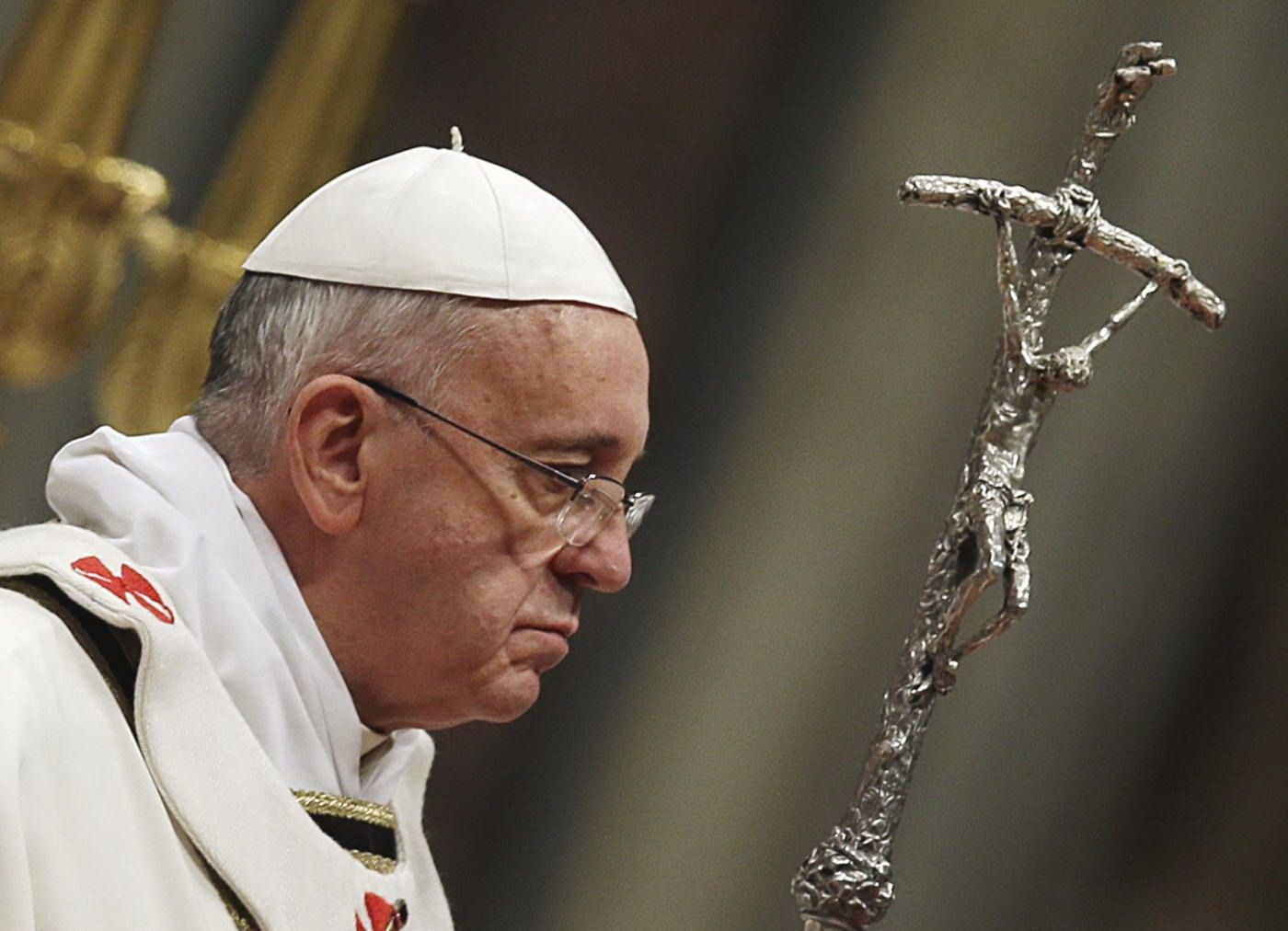
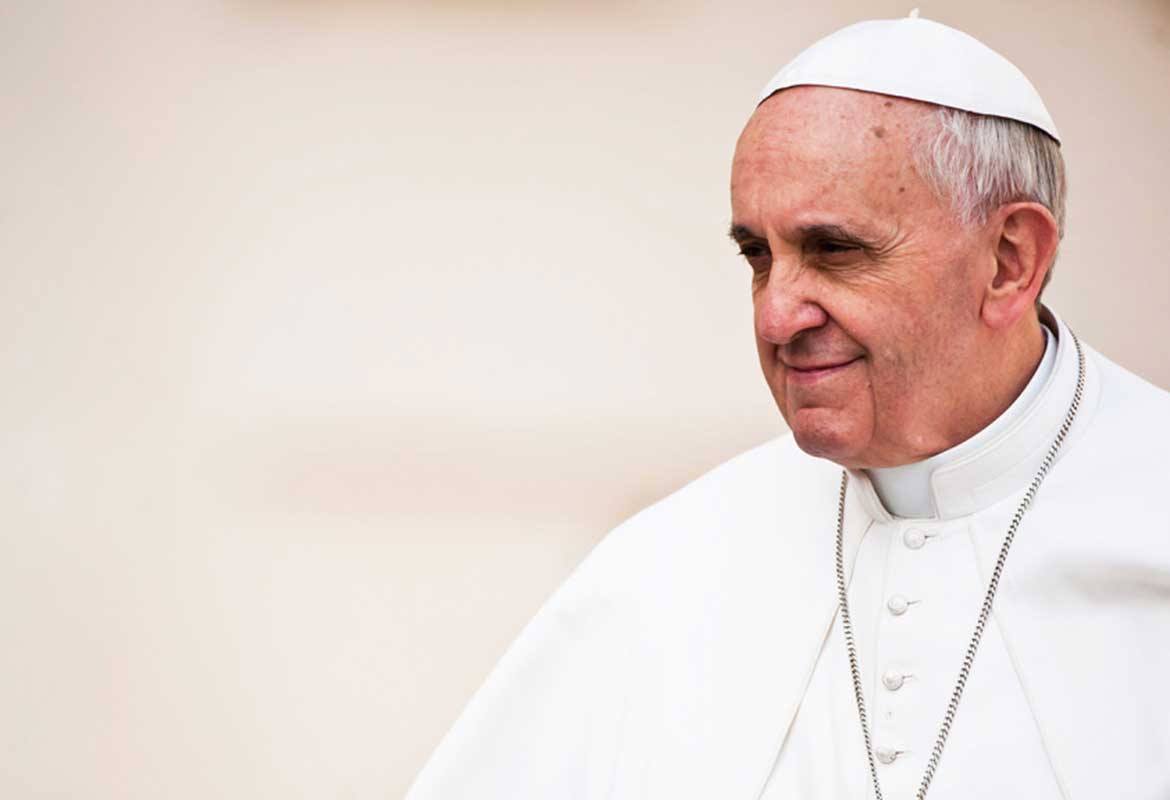
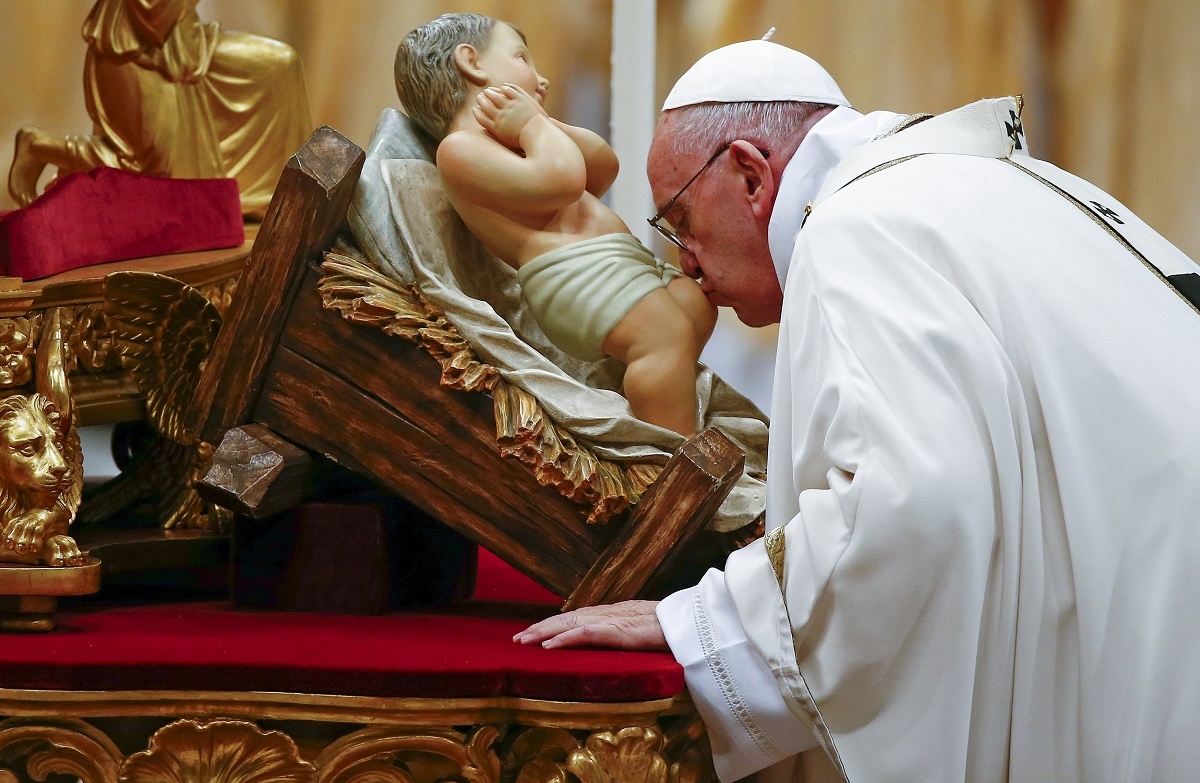
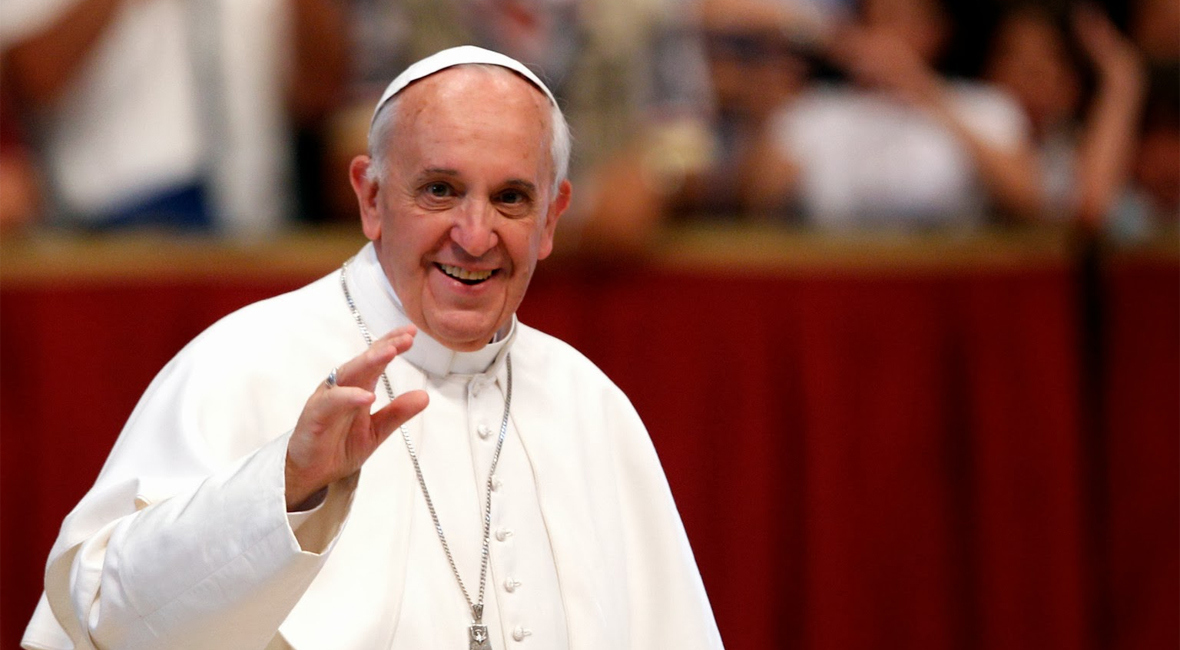


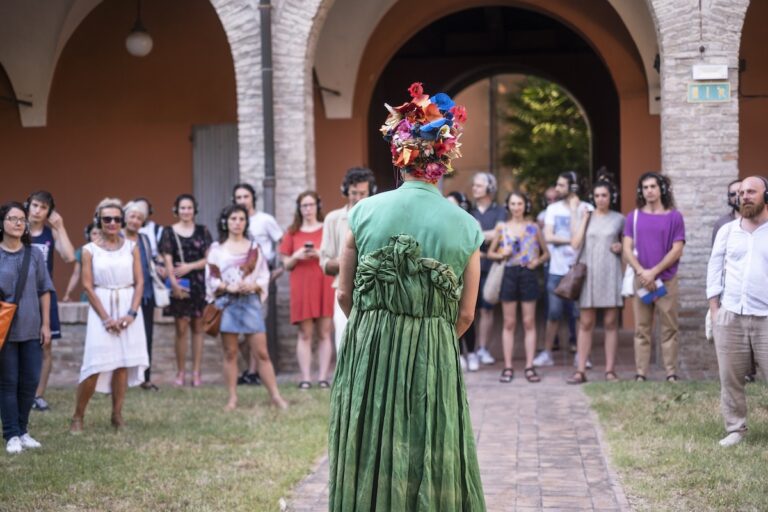
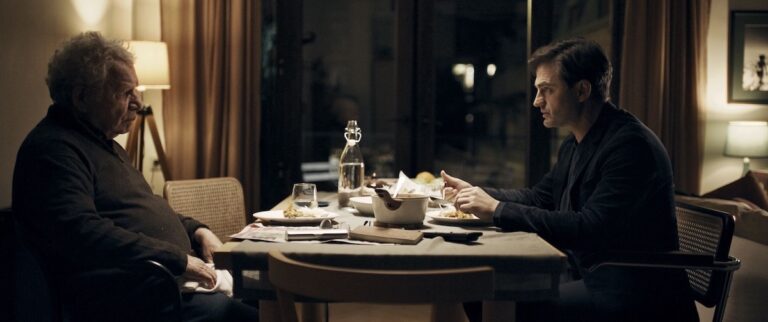


+ There are no comments
Add yours